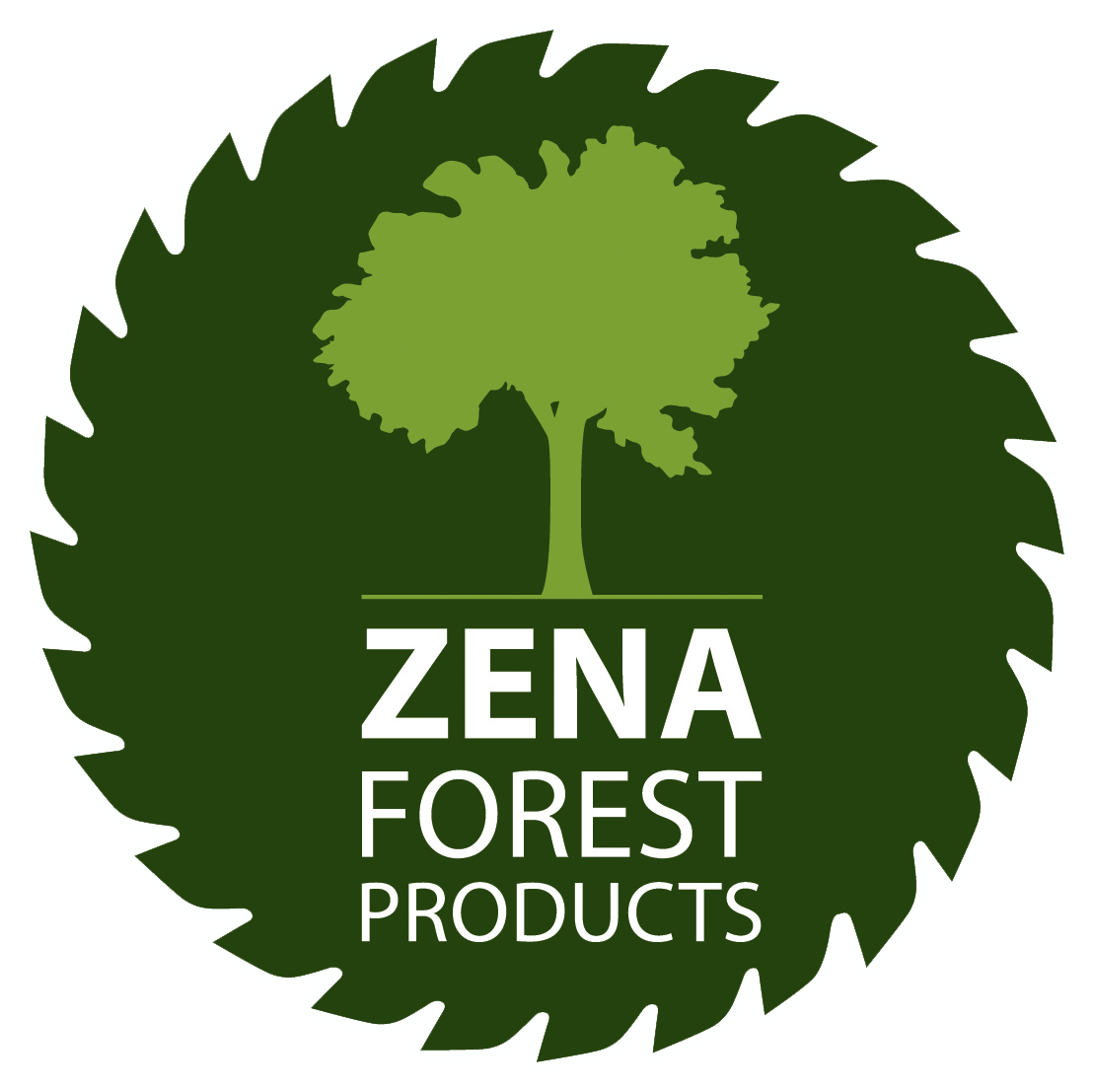Pausing to Reflect on Conservation Efforts as a Bald Eagle Visits Zena Forest
Bald eagle. Photo by Steve Berardi, CC BY-SA 2.0, via Wikimedia Commons.
Just the other day, we had the joy of spotting a bald eagle soaring over the canopy of the forest outside our office window and later spotting it perched in a tree just above the lumber yard. It is an incredible talisman for all the people who are dedicated to conservation efforts and proof that, with hard work and collaboration, we can really make a world of difference. To grasp the significance of this sighting, we have to recall that in 1963, there were only an estimated 417 nesting pairs left in the lower 48 states.
The complicated journey to save bald eagles has evolved over time with the following key efforts:
• 1940: Congress passed the Bald Eagle Protection Act, acknowledging that our national emblem was “threatened with extinction.”
• 1967: The bald eagle was listed under the Endangered Species Preservation Act.
• 1972: The Environmental Protection Agency banned the pesticide DDT. Through biomagnification, this pesticide had been accumulating in birds, causing eggshells to thin, which resulted in the eggs being crushed under the weight of the adults during incubation.
• 1973: The Endangered Species Act (ESA) replaced the earlier Endangered Species Preservation Act. By 1978, the bald eagle was officially listed as endangered in 43 states and threatened in 5, setting in motion a powerful framework of coordinated conservation efforts on a national scale.
Thanks to these collective actions, the bald eagle’s recovery has been remarkable. By 1995, the eagle’s status was changed to “threatened,” and in 2007, it was officially delisted from the ESA. By 2020, there were an estimated 71,400 nesting pairs in the lower 48 states.
Seeing this bald eagle at Zena Forest reminds us that our work to steward and maintain a healthy working forest ecosystem is part of a myriad of larger, ongoing conservation efforts by people and organizations across the Willamette Valley, the U.S., and even the world. Their work is what has made this moment possible, and we take heart as our regal and welcome visitor watches over our work.

